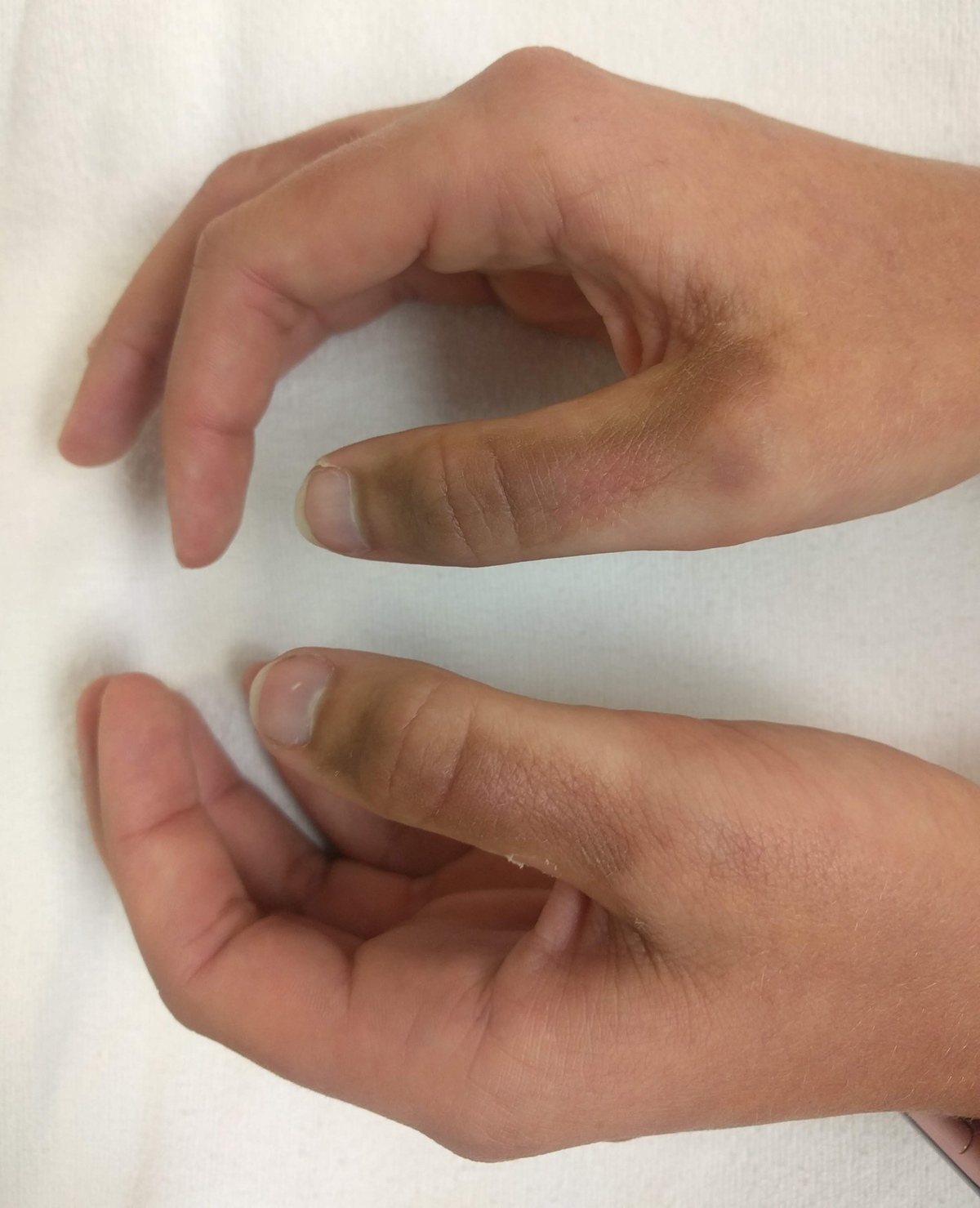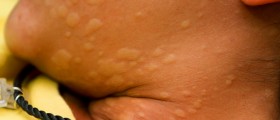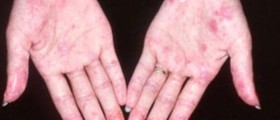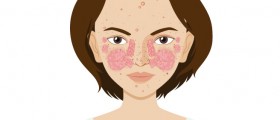
Photodermatitis is abnormal skin reaction which occurs after the sun exposure. It typically features with rash, hives, swelling and blisters and in severe cases there are even skin eruptions. Photodermatitis is also known as sun poisoning. The symptoms and signs of photodermatitis may occur rapidly or gradually. It is believed that photodermatitis develops as a consequence of immune reaction and that it is triggered by several factors.
Photodermatitis has been reported more in fair and light skinned individuals and those with red or blond hair. It is also more common in people with blue or green eyes.
Causes of Photodermatitis
Photodermatitis may be caused by a variety of factors. Still the exact cause of abnormal skin reaction is still unknown. In some cases photodermatitis is induced by certain medications such as antibiotics, coal tar derivatives, retinoids, antidepressants, sulfonylureas, anti-anxiety medications, non steroidal anti-inflammatory medications, anti-malarial drugs including quinine and chemotherapeutics. While taking these medications some of their components may accumulate in the skin and after exposure to sun trigger the reaction of the immune system and consequently cause photodermatitis.
Furthermore, photodermatitis may also occur due to certain fragrance and chemicals applied onto the skin. It is also a characteristic of certain illnesses such as systemic lupus erythematosus.
There are even diseases which represent the risk factor for photodermatitis and they include eczema, pellagra, porphyria and polymorphic light eruption.
Symptoms of Photodermatitis
There are many symptoms of this disease and they may vary in patients. Still, it typically features with skin rash, itching and hives. In severe form of photodermatitis there are fluid filled blisters or even skin lesions. The affected skin is red and swollen. After the exposure to sun the skin eventually becomes covered with dark patches. Hyperpigmentation is also possible. And finally, the affected skin is dry and scaly. If the reaction of the skin is severe the patients may additionally develop fever and they may even feel exhausted.
Treatment for Photodermatitis
The treatment for photodermatitis depends on its severity. General measures include cold compresses or ice packs which are applied onto the affected skin. They keep the inflammation and swelling under control. In most patients there is a need for certain medications. The most commonly prescribed medications are those which can suppress the immune system hence prevent the immune reaction to sunlight.
In some patients symptoms are brought under control by glucocorticoids. Patients may be also prescribed hydroxychloroquine. Some patients suffering from photodermatitis may be also subjected to phototherapy. This treatment modality includes controlled exposure to light which will eventually desensitize the skin.
Apart from medications patients may also benefit from nutritional supplements such as vitamin B3, vitamin C, D and E, beta carotene, omega- 3 fatty acids, antioxidants and proteins.
Prevention includes proper sunscreen and wearing hat and clothes that cover the entire body. It is best if people with this condition avoid excessive exposure to sun particularly between 11 AM to 4 PM.

















Your thoughts on this
Loading...